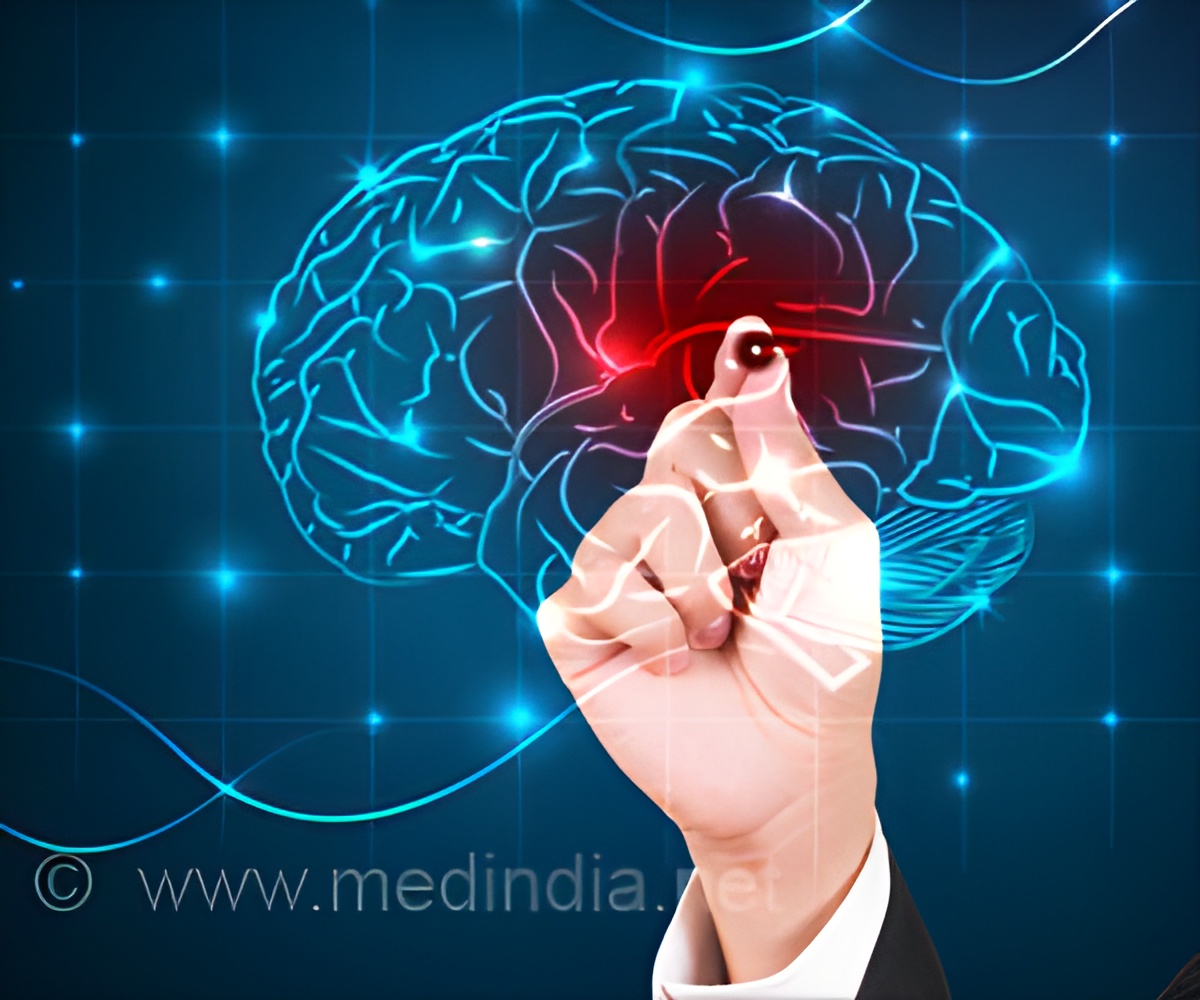
‘Recognizing the language or sound area of the brain impacted by stroke may help design targeted rehabilitation to specific regions.
’
Tweet it Now
The study focussed on the phonological processing, which is, the understanding and being able to use the sounds that comprise language. One of the frequent language impairment seen post-stroke is having trouble in sounding out words. Stroke and Targeted Rehabilitation
The team analyzed 67 people for reading and phonological abilities. Among them, 30 had a stroke and 37 did not have. The white matter connections (nerve fibers that connect different regions of the brains) of the participants were then tracked using advanced MRI techniques.
“We found two different patterns of reading problems. Strokes involving the left frontal lobe caused problems with motor phonology and one of the two ways of reading, specifically sounding out words. In contrast, strokes involving the left temporal and parietal lobes caused problems with auditory-motor translation and both ways of reading. These results may help clinicians develop therapies focused on specific reading problems that individual stroke survivors often struggle with,” says Dickens.
The study thereby serves as an important step in revealing the mechanisms of sound, for better rehabilitative therapies.
Advertisement















